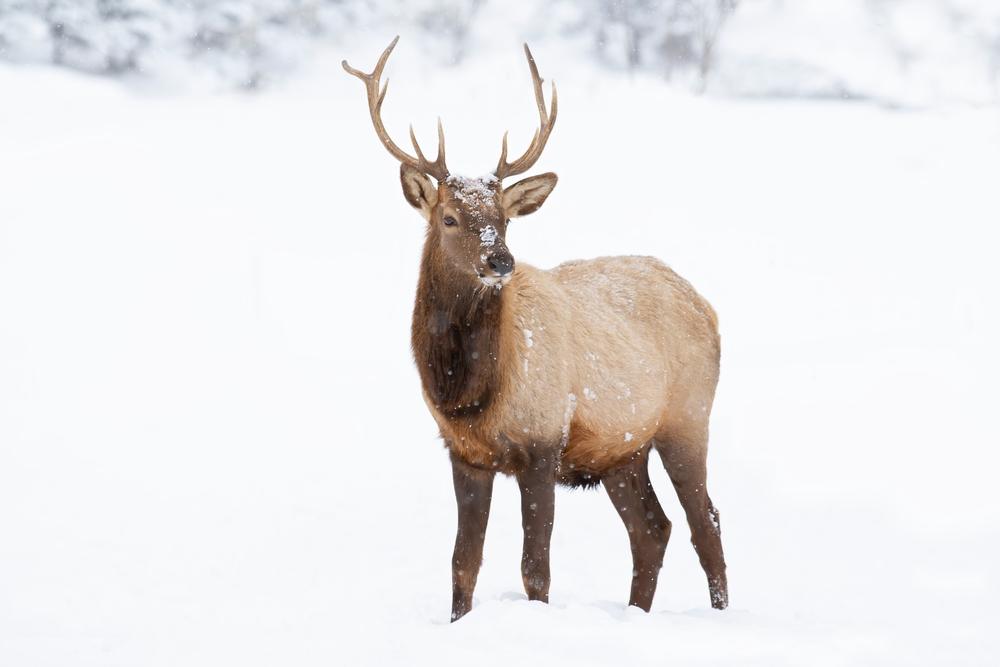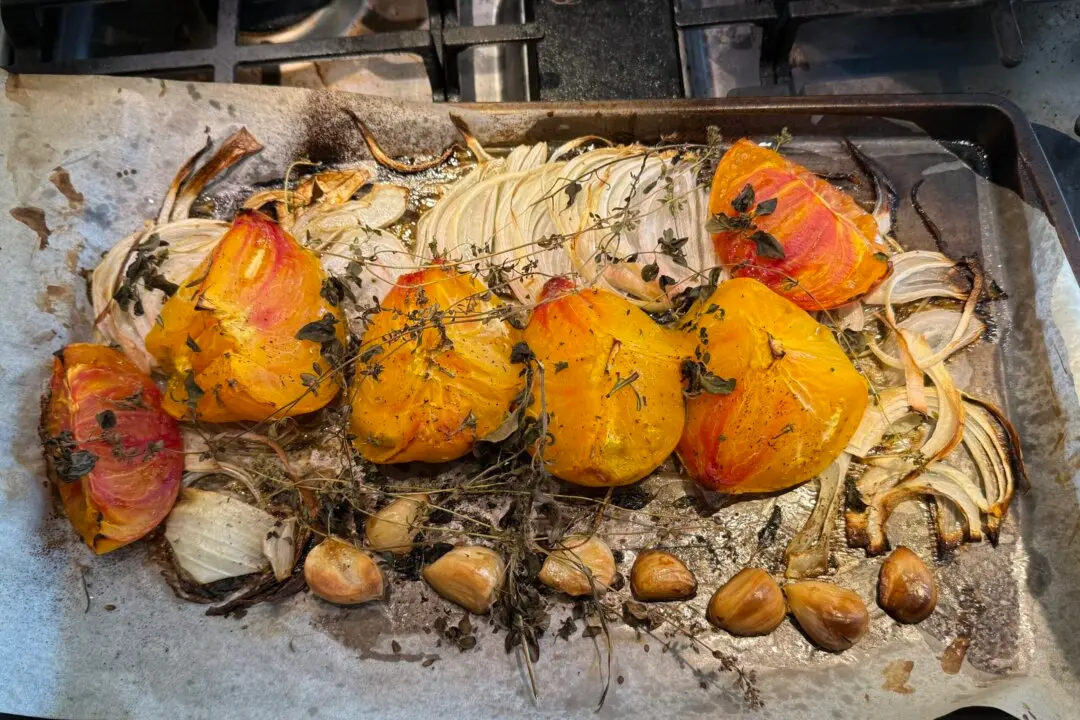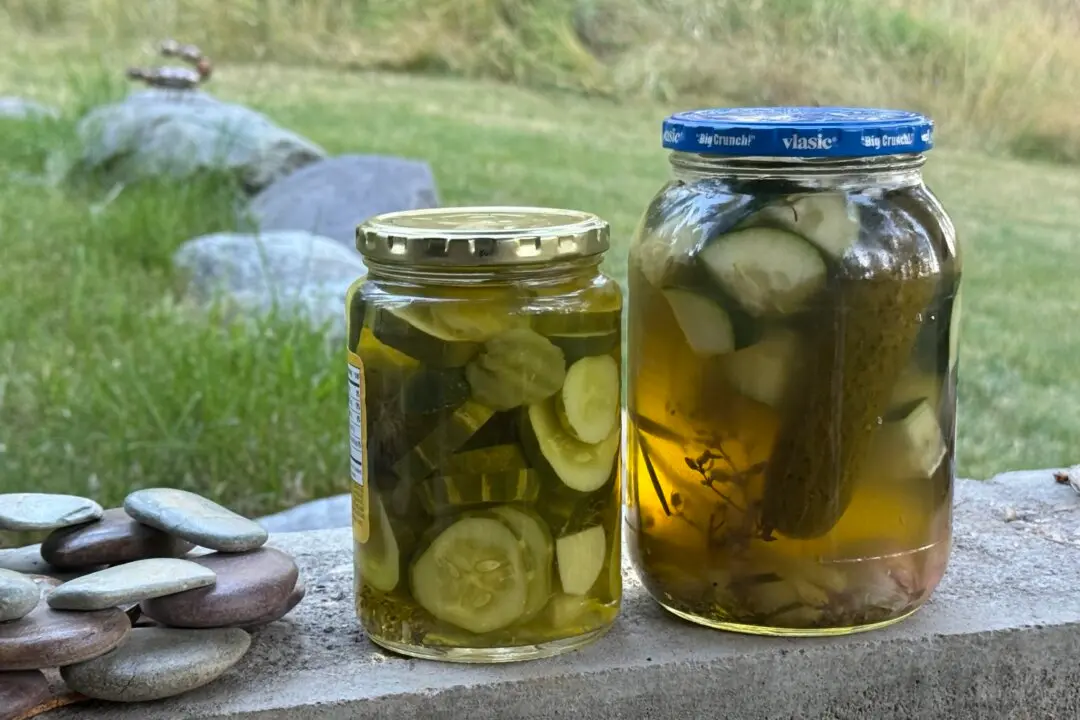In early January, I heard elk on the mountain behind my house. The crisp air carried not only the cow calls, which sound like trees bending in the wind, but also the otherworldly bugles of bull elk, which sound like a soundtrack to the Northern Lights.
I had never heard of elk bugling in winter, but I added this surprising datapoint to my mental file of elk behavior since it might someday be useful. You just never know. Any time you can see or hear an elk, it’s an opportunity to learn. And when you’re a hunter, every moment spent learning about your prey is a moment spent hunting. You pay dues like this eagerly if you want to fill your freezer with a year’s supply of clean, lean animal protein.





